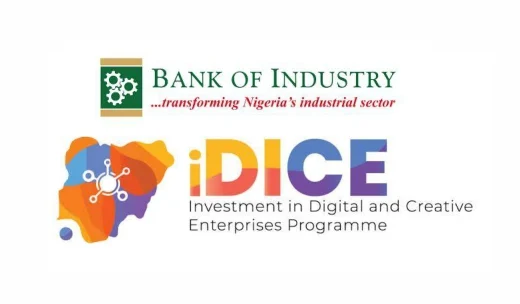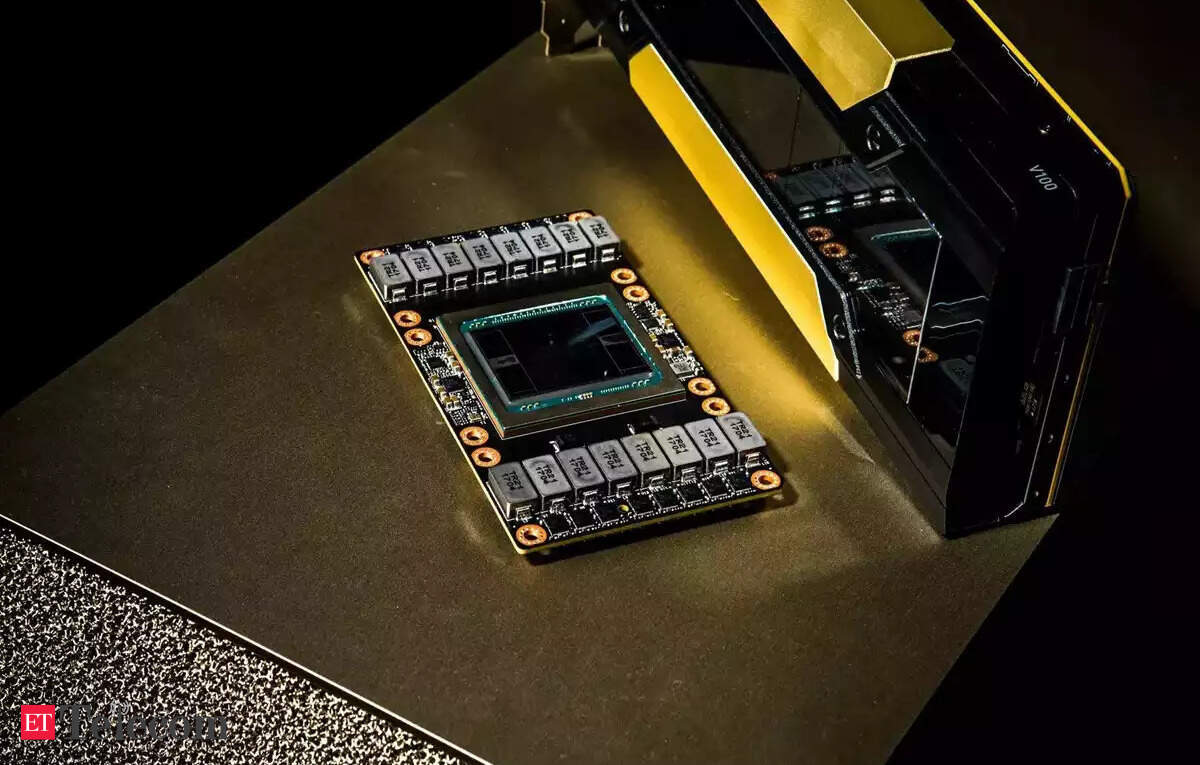The crypto space never stops evolving, and this week, three standout projects are capturing the market’s attention. Render is making waves by decentralizing GPU rendering, allowing digital artists, AI developers, and game designers to access high-performance computing power at a fraction of the usual cost. Arbitrum is rapidly becoming the go-to Layer-2 solution for Ethereum, fixing its congestion and gas fee issues while maintaining decentralization. Both projects have seen significant adoption, proving their potential for long-term growth.

Amid these rising names, Qubetics is emerging as a game-changer. While many blockchains operate in silos, limiting their ability to interact, Qubetics is breaking these barriers with its advanced interoperability technology. By seamlessly connecting multiple networks like Ethereum, Solana, and Bitcoin, it is creating a frictionless Web3 ecosystem where assets and data move without limitations. With its presale attracting massive attention, Qubetics is quickly becoming one of the top cryptos to join this week.
Most blockchains are like walled gardens. They function independently, but transferring assets or data between them is a frustrating process that requires bridges, centralized exchanges, or wrapped tokens, all of which come with security risks and inefficiencies. Developers struggle with these limitations, businesses face hurdles in global transactions, and users deal with slow and expensive swaps.
Qubetics has stepped in to change this by acting as a Web3 aggregator that allows different blockchains to communicate seamlessly. Its interoperability framework eliminates the need for third-party solutions, making cross-chain transactions instant, low-cost, and secure. This opens the door for businesses to conduct international payments efficiently, DeFi platforms to offer cross-chain lending and staking, and NFT marketplaces to list assets across multiple networks without fragmentation.
A growing number of developers are turning to Qubetics for its ease of integration. Rather than building on a single blockchain and limiting their reach, they can deploy dApps that interact with multiple networks effortlessly. Users, in turn, benefit from a more connected crypto experience where they no longer need to move funds between wallets or worry about compatibility issues. With this technology redefining how blockchains interact, Qubetics is proving why it stands among the top cryptos to join this week.
The Qubetics presale is in full swing, currently in Stage 21, with $TICS priced at $0.0733. Over $12.7 million has already been raised, and more than 471 million tokens have been sold. The growing number of token holders, now exceeding 19,900, shows the rising confidence in Qubetics’ potential. One major attraction of this presale is its structured price increase—every Sunday at midnight, the token price jumps by 10 percent, rewarding early adopters and adding urgency to the investment opportunity.

Crypto analysts are making bold predictions about where $TICS is headed. They expect the token to hit $0.25 by the end of the presale, with further increases to $1 post-listing and $5 once the full ecosystem is operational. As Qubetics continues to expand, projections suggest it could reach $10 after its mainnet launch in Q2 2025 and possibly $15 as adoption accelerates. These forecasts, combined with the project’s real-world use cases, have positioned it as one of the top cryptos to join this week.
To illustrate the potential returns, consider an investor who buys $100 worth of $TICS at the current stage. With the price at $0.0733, this investment secures approximately 1,362 tokens. If the price reaches $1, that $100 turns into $1,362. If it climbs to $5, the investment grows to $6,812, and at $10, it skyrockets to $13,525. Should Qubetics reach $15, that same $100 would be worth an impressive $20,338. This kind of upside is why early investors are locking in their positions before the next price jump.
For years, digital artists, AI developers, and animators have struggled with the high costs of rendering graphics and processing intensive workloads. The demand for GPU computing power has skyrocketed, and centralized cloud services have failed to provide affordable solutions. Render has stepped in to disrupt this industry by creating a decentralized GPU rendering network, where users can rent computing power from idle GPUs across the globe.
The impact of this innovation is huge. Artists no longer need to invest in expensive hardware or rely on costly cloud providers. Instead, they can tap into Render’s distributed network to complete projects faster and more efficiently. As AI, gaming, and 3D modeling continue to expand, Render is positioning itself as an essential player in the future of decentralized computing.
Ethereum’s scalability issues have long been a pain point for users, causing slow transactions and excessive gas fees during periods of high demand. While Ethereum 2.0 aims to address these concerns, solutions like Arbitrum have already stepped in to provide relief. As a Layer-2 scaling solution, Arbitrum allows users to execute transactions off-chain while maintaining Ethereum’s security, resulting in significantly lower costs and faster speeds.
The demand for Arbitrum’s network has surged, especially among DeFi platforms, NFT marketplaces, and gaming applications that require high transaction throughput. With Ethereum remaining the backbone of Web3 development, Arbitrum is playing a crucial role in ensuring scalability, making it one of the most valuable projects to watch.

The crypto market is constantly evolving, and only a few projects manage to maintain long-term relevance. Render is reshaping the GPU computing industry, making high-performance rendering accessible to all. Arbitrum is solving Ethereum’s scalability problems, enabling faster and cheaper transactions without compromising security. Qubetics, however, is taking blockchain to the next level by unifying multiple networks, making seamless cross-chain transactions a reality.
With its growing ecosystem and rising presale momentum, Qubetics is quickly becoming one of the top cryptos to join this week. As demand for interoperability continues to grow, $TICS could see massive adoption, making now the best time to join the Qubetics presale before prices climb further.

Qubetics: https://qubetics.com/
Telegram: https://t.me/qubetics
Twitter: https://twitter.com/qubetics
How does Qubetics’ Web3 aggregator benefit businesses?
By unifying multiple blockchains, Qubetics allows businesses to process payments, manage assets, and execute transactions seamlessly without being restricted to a single network.
What’s the long-term vision for Qubetics?
Qubetics aims to become the backbone of blockchain interoperability, enabling a fully connected Web3 ecosystem where users, developers, and enterprises can interact across chains effortlessly.
Why is Qubetics’ presale structured with weekly price increases?
The weekly 10% price increase rewards early investors while maintaining a steady upward trajectory, ensuring strong demand and long-term value appreciation.
How does Qubetics’ interoperability improve DeFi platforms?
Qubetics allows DeFi protocols to offer cross-chain lending, staking, and trading, eliminating liquidity fragmentation and creating a more efficient decentralized financial ecosystem.










